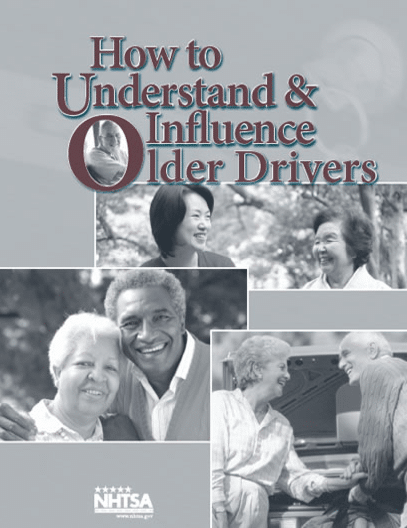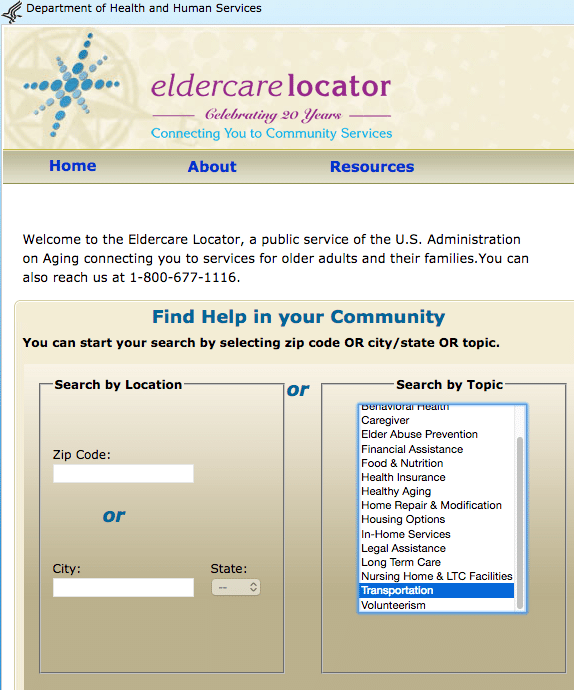How to Influence Older Drivers

Key to Influencing Older Drivers is Understanding Their Concerns and Needs
Talking with an older adult about their driving is no easy task! It is one conversation many of us avoid. Usually, it feels akward and can be very emotionally draining. Before any decisions are made, there’s important information that you need to gather. The National Highway Traffic Safety Administration’s (NHTSA) “How to Understand and Influence Older Drivers” is filled with practical tips, tools and resources. Major lifestyle changes are hard. So, don’t be put off by resistance at first.
DISCOVER
(Click to See Answers)
What signs should we look for that could mean an older preson is starting to have problems driving?
First of all, failing to stop at red lights or stop signs is considered a very serious issue by the NHTSA and “requires immediate action to stop the driver”.
The NIA (National Institute on Aging) gives us other signs, which may be less obvious but important to pay attention to, and include:
- Drifting in and out of the road lane
- Slow reactions or poor reflexes
- Getting lost in familiar places
- Having trouble moving the foot between the gas and the brake pedals, or confusing the two
- Not merging or changing lanes safely
- New scrapes, dents or dings in the car
- Oservations by neighbors or friends about unsafe driving
- Two or more traffic tickets, warnings, collisions or “near misses” within the last two years
- Vehicle crashes
- Increases in car insurance premiums because of collisions
- Poor vision, or worsening of current vision
- Anxiety about driving at night
- Complaints about the speed of other drivers, or the sudden lane changes or actions or other drivers
Are there any conversation starters or tips we can use to help the discussion go well?
- Gather your information first, whether that’s your own observations or stories from family, friends or neighbors.
- Talk with the older driver together and come up with a plan. By being sensitive to the other person and listening to them, you show respect and compassion, which in the end helps a great deal to get their cooperation.
- Carry out the plan you’ve agreed upon, and check in frequently to make sure that it’s being followed through.
For more details and sample language, ideas and resources, check out the complete NHTSA guide.
Once they stop driving, how do we help them stay active and doing the things they usually like to do?
The National Center on Senior Transportation and Easter Seals, provides Older Driver Safety and Transition information that can help you identify alternative sources of transportation. Several low cost options include:
- Public transportation (if available)
- Community groups that offer rides (civic organizations, churches, etc.)
- Reach out to your local Area Agency on Aging (AAA), by calling the Eldercare Locator at 1-800-677-1116. The AAA has guides to resources in your local area.
FAST FACTS
The number of older adults who stop driving each year. (NHSTA)
% of information required for safe driving that comes from vision and seeing well. (NHSTA)
NOW WHAT?
Tools & Resources at Your Fingertips
Take Action
Create a Plan to Keep Them Active & Mobile
Locate Transportation Resources
The U.S. Administration on Aging’s Eldercare Locator can connect you to your local resources that support transportation options for seniors. Eldercare Locator’s Transportation for Older Adults gives you descriptions of programs, what to expect and ways to consider what’s best for you and your loved one.

